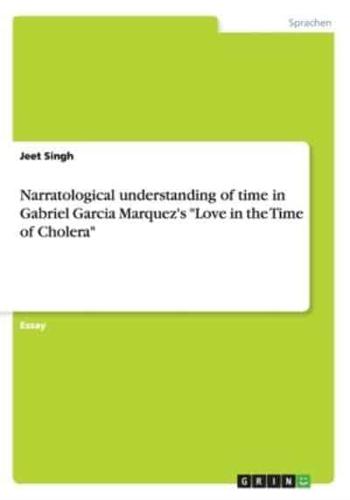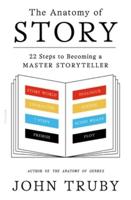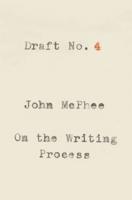Publisher's Synopsis
Essay aus dem Jahr 2016 im Fachbereich Literaturwissenschaft - Lateinamerika, Sprache: Deutsch, Abstract: Different interpretations of time have resulted in equally different understandings of life and literature. In this paper, Garcia's novel "Love in the Time of Cholera" (1985) has been analyzed strictly on the basis of the concept of time it represents. Lilla Kopar's concept of 'figurative time' and Genette's concept of 'achrony' best represent the time and structure of the novel. The time in the novel is circular cyclic, repetitive. The reading of the novel makes us feel that the time is purely psychological phenomenon. Garcia in his novel displays that human reality has not changed since the beginning of human generation because humans are still subject to similar pains and pleasures of life. The novel is an instance of 'iterative narrative' using 'achrony' and 'iterative syllepsis' as the techniques of representing temporal structure of the novel. In this way the novel breaks away from the normal sense of time and reality simultaneously questioning the paradigms of modern constructs of time and reality.












